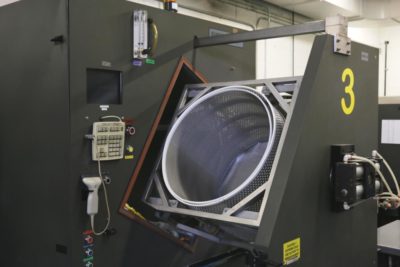Molding defects reduce the surface quality of rubber and plastic parts. The causes include problems with flow lines, sink marks, vacuum voids, and surface delamination. Molding defects are also caused by short shots, burn marks, jetting, and warping. Flash or flashing, the formation of excess plastic or rubber on the surface of molded parts, is […]






